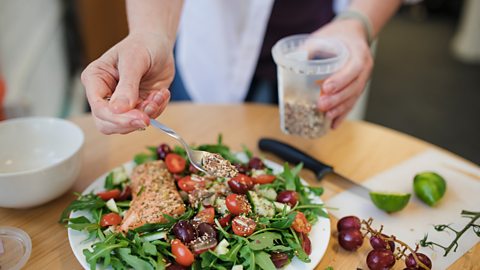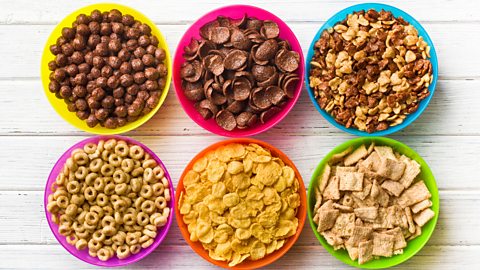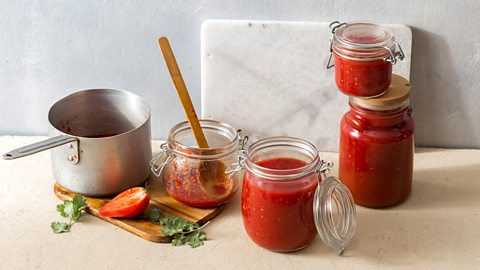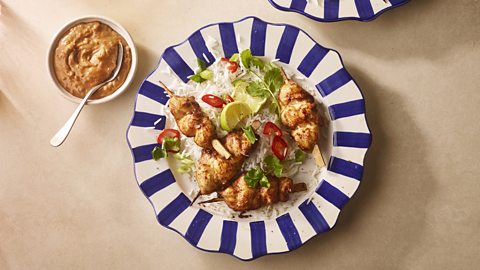This is why we love chocolate so much
By Sue Quinn
New research into everyone’s favourite kind of confectionery has uncovered exactly why we just can’t get enough. (Spoiler: it's not all about the taste.)
There’s no other food as tantalising as chocolate. Moreish and gratifying, it can make us nostalgic for the bars we enjoyed as children and comfort us when we’re sad. It gives us energy, satisfies our sweet tooth and alleviates our hunger. But what is it, exactly, about this treat that brings us so much joy?
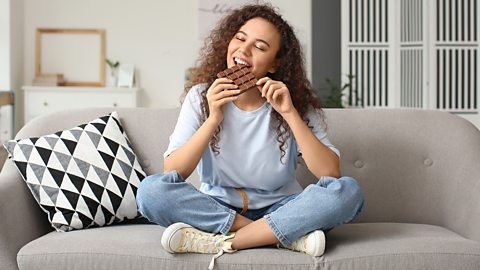
It’s not just the taste
Researchers at Leeds University are now one step closer to unravelling the secrets of why we love chocolate so much. Texture, they say, is the critical factor here: our brains find the textural change from solid to creamy highly pleasurable. And this is exactly what chocolate promises – it begins to melt almost the instant it hits our tongue, coating our mouths in silky sweetness.
So, they used an artificial 3D ‘tongue’ to investigate whether it was the fat content (fat makes up about 55% of cacao beans) or our saliva that causes chocolate to melt so deliciously.
“When you first put a piece of chocolate on your tongue, the fat mixes with a little saliva to form droplets, and then more droplets are formed,” explains Dr Anwesha Sarkar from the School of Food Science and Nutrition at Leeds. “It's this lubrication which gives you that chocolaty sensation in your mouth.”
Dr Sarkar’s recent experiments revealed something surprising about the next part of the process. Once the chocolate has begun to melt and coat your mouth, fat plays a less important role. “You still need some fat to form those droplets but not as much because, now, saliva drives the process.”
In other words, the satisfaction we feel when we place a square of chocolate on our tongue is caused by the fat that coats its surface. Meanwhile, the fat contained deeper inside plays a limited role and could be reduced without lessening that desirable melting sensation.
“Our research opens the possibility that manufacturers can intelligently design dark chocolate to reduce the overall fat content,” Dr Sarkar says. This could be done by making chocolate in layers, with the high fat content on the outside and lower amounts inside, so we get all the same satisfaction with a fraction of the fat content.
This research could prove important not just for the development of chocolate but for all kinds of foods, says Dr Sarkar. It could help us refine the texture of more divisive products to make them more enjoyable. For instance, Dr Sarkar's team is working on ways to make plant-based cheese, which can be gritty and astringent, more appealing by re-engineering the way the fat coats the proteins. A similar technique could improve the texture of other plant-based products like ice cream.
Other reasons why chocolate is so enjoyable
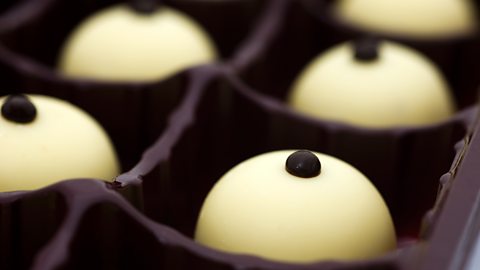
The breast milk theory
Of course, it’s not just texture that makes chocolate appealing. One theory is that we’re hard-wired to like milk chocolate because it contains roughly the same sugar-to-fat ratio as breast milk (around 1g fat to 2g sugars).
A few studies suggest that alongside this combination of sugar and fat, some of the hundreds of chemical compounds in chocolate influence the reward and pleasure centres of the brain. Chocolate can trigger a surge of feel-good hormones such as endorphins, dopamine and serotonin, which can make you feel happy and relaxed.
But don't take that as a green light try and improve your mood by eat copious amounts of chocolate. Some scientists say it doesn't contain enough of these active compounds to have much of an effect on our mental state – unless we eat unhealthy amounts. (Sorry.)
The shape
The shape chocolate is moulded into also has a part to play. Research shows that we associate sweetness with roundness and bitterness with angularity. Studies by Nestlé scientists found that rounded chocolate was also best when it came to achieving and maximising that satisfying melt and silky-smooth texture.
In fact, in 2013, some chocolate lovers claimed Cadbury had surreptitiously changed the recipe of its Dairy Milk bar, insisting that it tasted different. Cadbury maintained that the recipe was the same and all that had been updated was the shape of the chunks, which had gone from angular to curved.
The future of chocolate
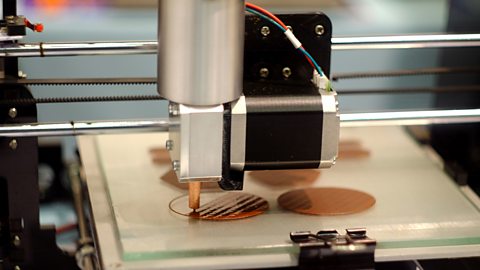
While these recent scientific discoveries may well help shape the future of this popular confectionery, other influences are already at play to mix things up in the world of chocolate. Here’s what the experts are expecting to see over the next few years.
Unusual flavours
Move over salted caramel: Academy of Chocolate member and international chocolate judge Hazel Lee believes different fruit flavours will become the next big chocolate sensation.
“While a few specialist chocolate brands have been using exotic fruit flavours for years, I expect this to become mainstream in the next five to 10 years. Think hibiscus, yuzu and passionfruit."
Lee is also seeing other unusual flavours emerge – recently she’s sampled chocolate containing ants, black garlic, durian (the southeast Asian fruit that famously smells like rotting meat), cheese, freeze-dried ice cream and croissants.
‘Healthier’ chocolate
A surge in demand is predicted for chocolate that’s seen as healthy as well as delicious. “Since the pandemic there has been a global health and wellness mega-trend across all food categories – including chocolate,” Lee says.
Although low and sugar-free chocolate isn’t new, researchers are looking for ways to make it taste as good the sugary stuff. A recent US study suggested that in the future this might take the form of chocolate made with 3D printers.
Researchers used the technology to create chocolate made of three distinct layers: some containing high amounts of sugar, and other layers with low amounts. They found that chocolate with one low-sugar layer and two high-sugar layers tasted just as sweet as that made with three high-sugar layers. By making chocolate this way, sugar content could be reduced by 19 percent with no noticeable difference in sweetness, researchers concluded.
Fortified chocolate
Although dark chocolate is a natural source of fibre, vitamins and minerals, Lee says there’s a growing trend for bars fortified with other ‘healthy’ add-ins like mushrooms and botanicals – plants valued for their medicinal or therapeutic benefits.
“More craft chocolate makers are using botanicals alongside single origin cacao to provide both ‘health benefits’ and harmonious flavour combinations,” she says. “I believe this trend will continue to grow as we understand more about the potential benefits of certain ingredients.”
Sustainable cocoa products
With growing awareness and concern about how our food choices impact the environment, more chocolate products will be made in a sustainable way, predicts Lee. This includes using parts of the cacao bean normally discarded.
“It's early days but some cocoa producers are experimenting with flour made from the cocoa pod itself. Even a few big brands have been making 'whole fruit' bars using cacao pulp to sweeten.”
Whatever the next decade holds for our beloved cocoa-based treat, unlocking the secret to its universal appeal surely makes its future bright – not to mention delicious.
Originally published February 2023
